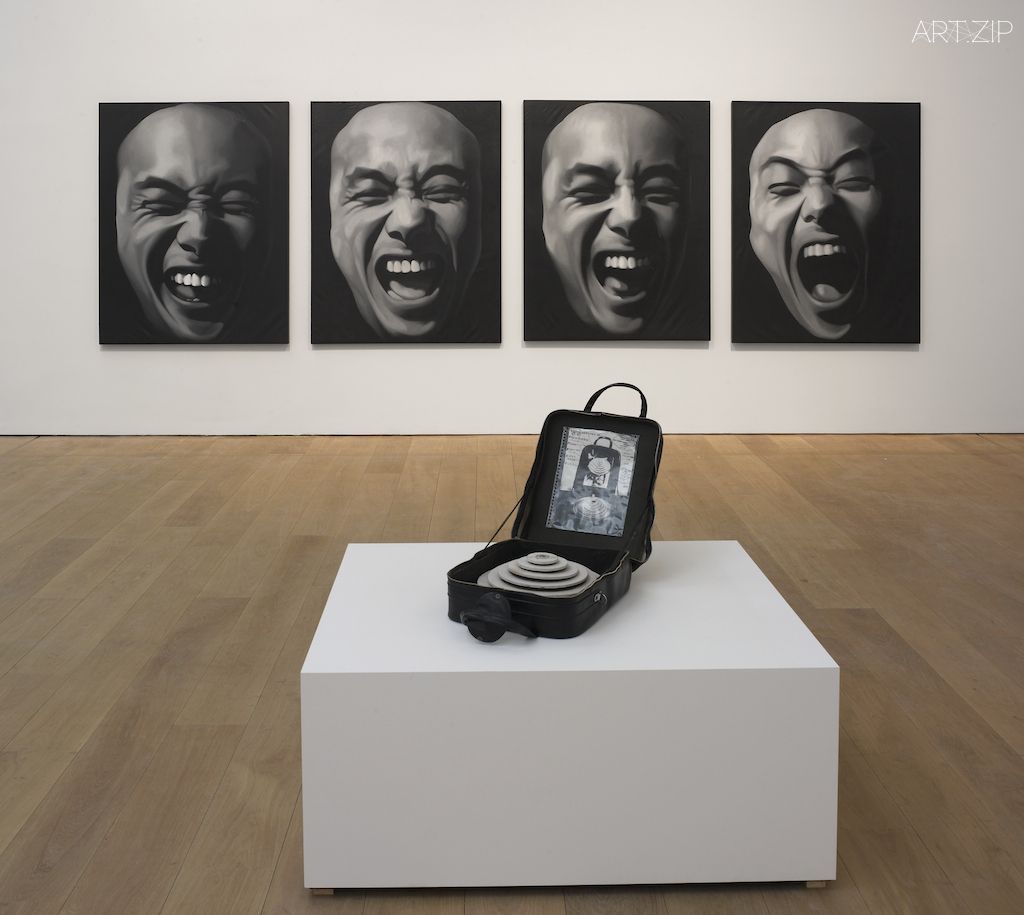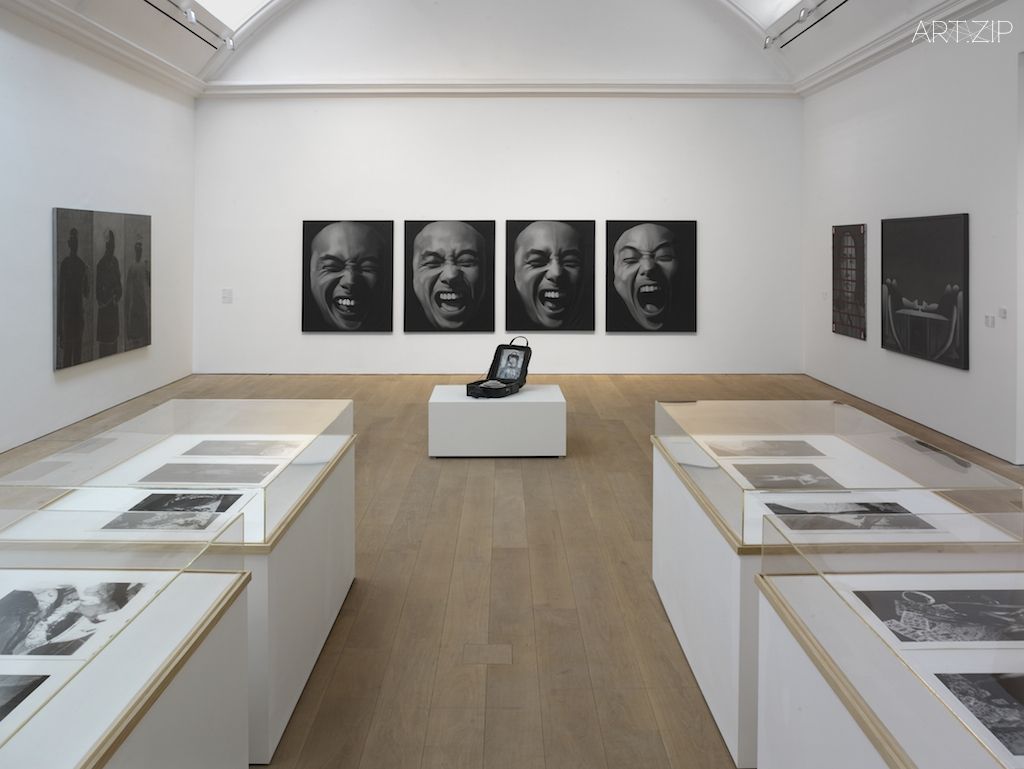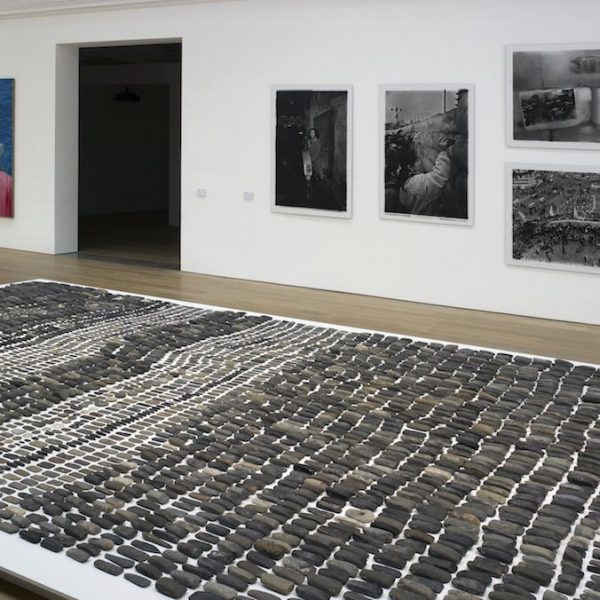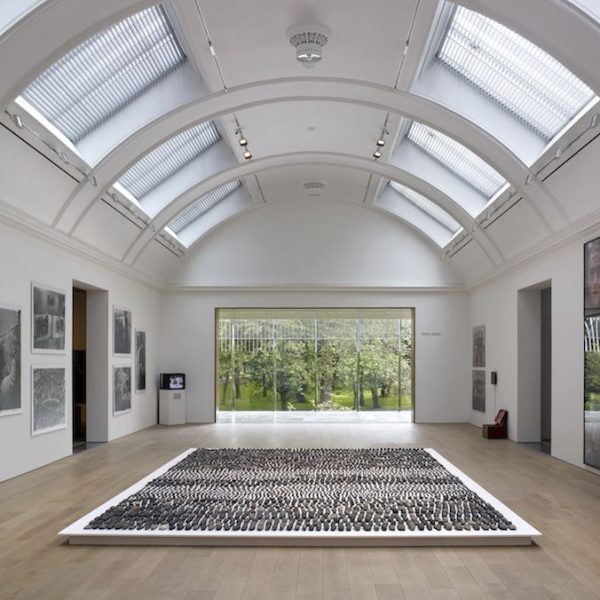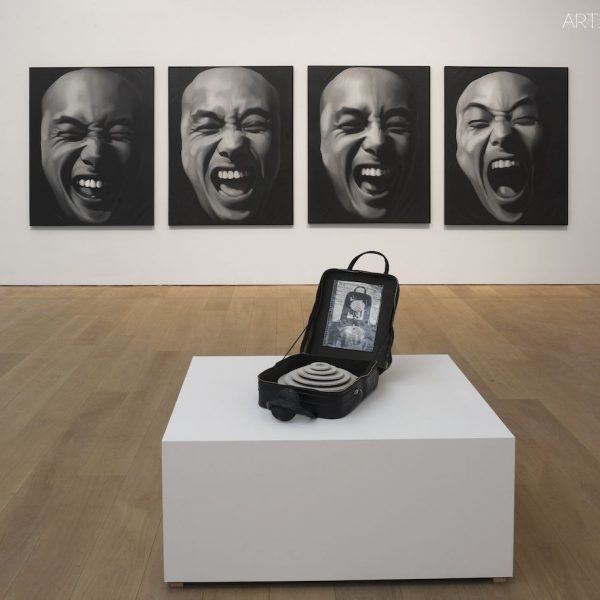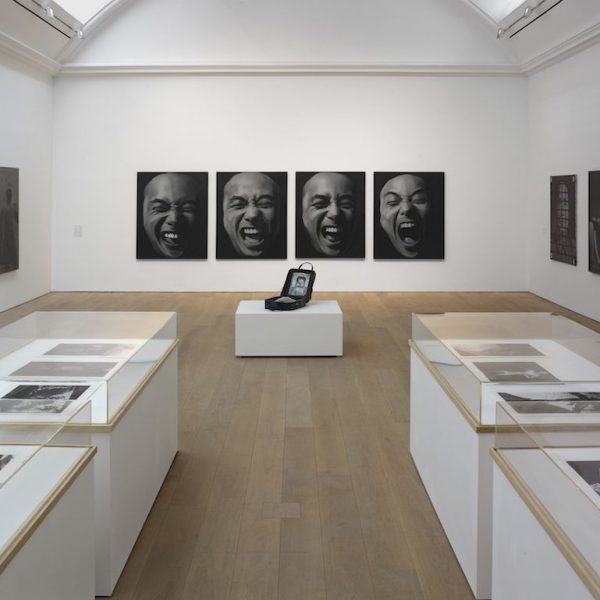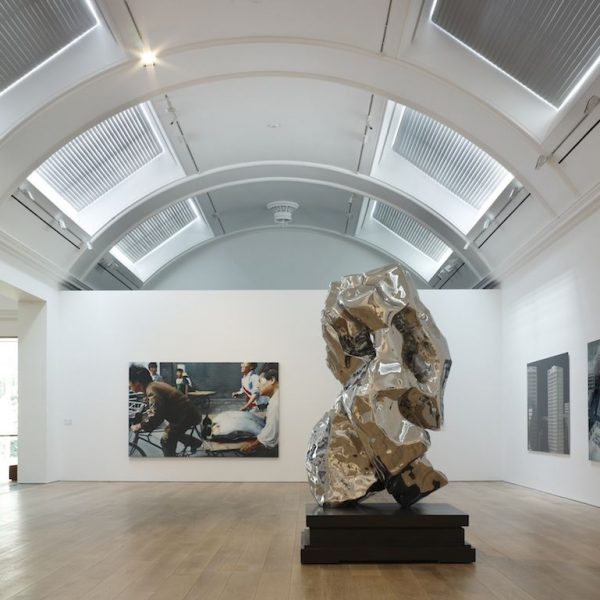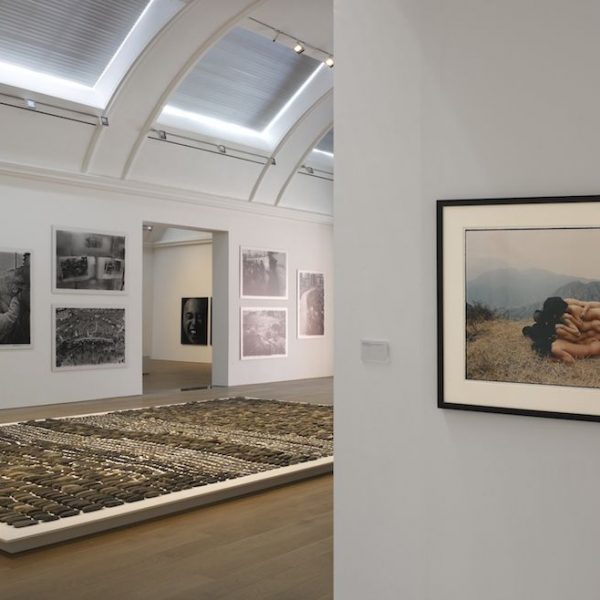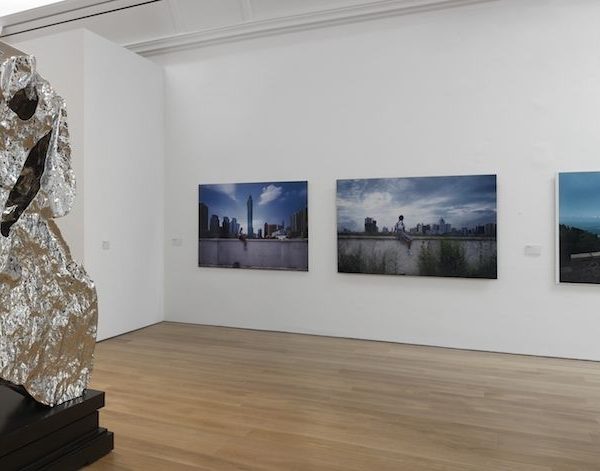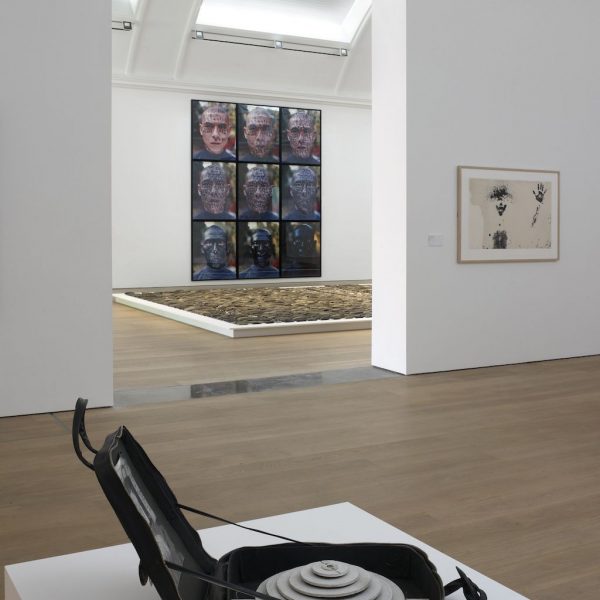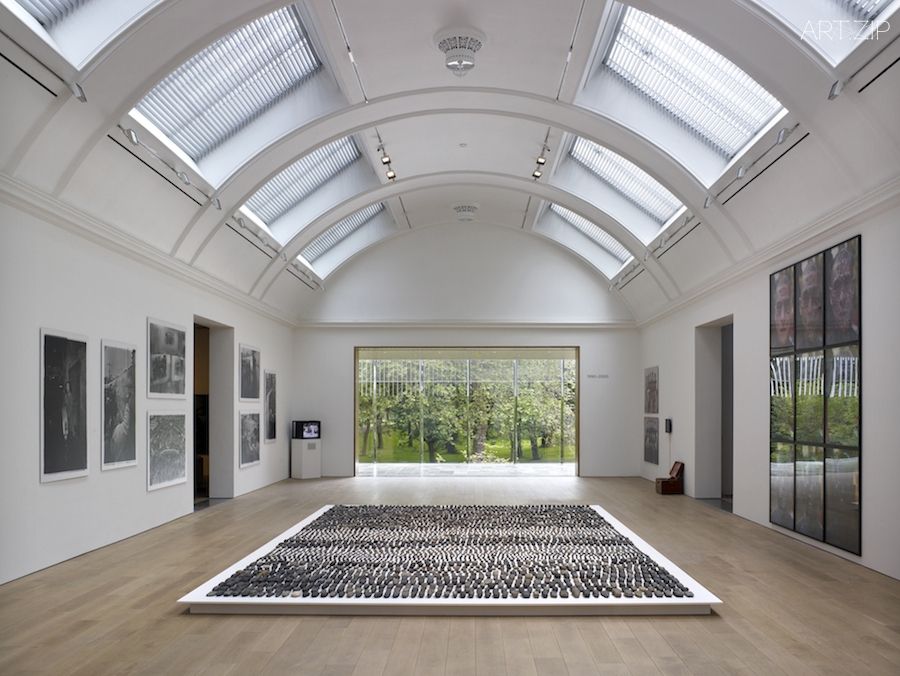
TEXT BY 撰文 x KE QIWEN 柯淇雯
TRANSLATED BY 翻譯 x LI BOWEN 李博文
IMAGES COURTESY OF 圖片 x WHITWORTH ART GALLERY 惠特沃斯美術館
Art critic, lecturer, curator, chief editor, founder of tomarts.cn, gallerist – for more than a decade, Pi Li has remained extremely active in the world of Chinese contemporary art. In 2012, he was appointed senior curator of M+ Hong Kong, and has ever since become responsible for managing and researching in the formidable collection of Chinese contemporary art of the museum. From a highly educated elite fresh out from the world of the academic, to a gallerist immersed in the tough business, now returning to a position that is museological and institutional, looking after a collection that has recently become public – Pi Li has seen it all. His move from Beijing to Hong Kong might well be simply a personal decision; to the remapping of Chinese contemporary art, however, it is deemed to be the signifier of a new era.
藝術評論人、大學講師、策展人、雜誌主編、網站創始人、畫廊主,十幾年來,皮力以不同的身份一直活躍於中國當代藝術舞台之上,2012年,他開始擔任香港M+視覺文化博物館的高級策展人,主要負責梳理和研究博物館的中國當代藝術藏品。從一名學院科班出身的學術精英,到一名在商業領域中摸爬滾打的畫廊老闆,再到今天回歸美術館體系成為一名照料公共館藏的策展人,皮力見證了整個中國當代藝術的發展歷程,此次離開北京轉戰香港,於他而言也許是個人的選擇,而於調整中的中國當代藝術生態而言,這也許是一個新的時期開啟的標誌。
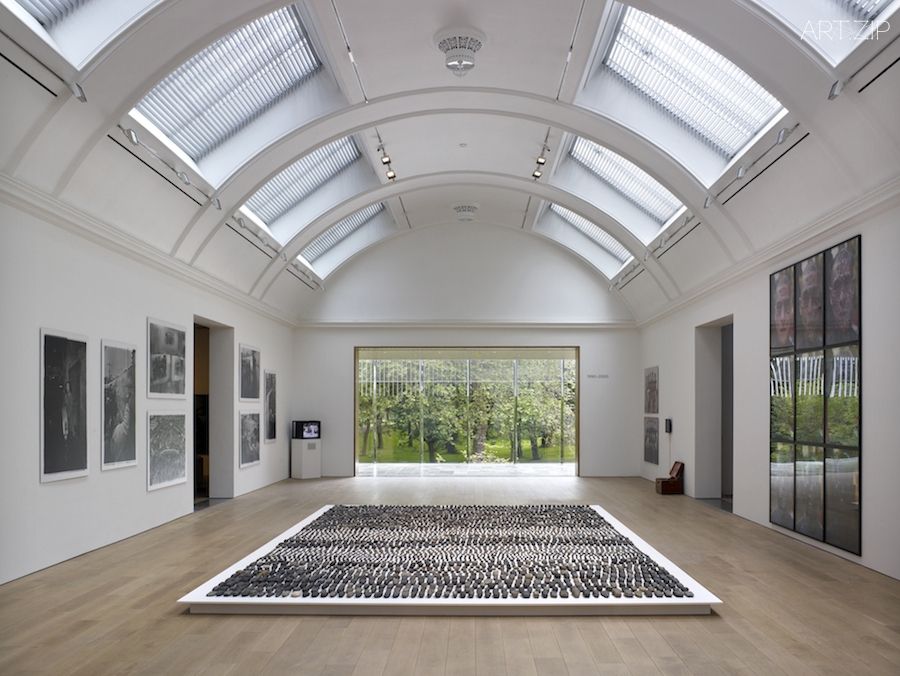
ART.ZIP: Please introduce to us The M+ Sigg Collection: Chinese art from the 1970s to now. What have been the feedbacks?
PL: It has so far been well received, the opening alone saw a big crowd. Mr. Uli Sigg handed the collection to M+ in 2012, but since the museum is under construction up until 2019, there is for the moment this touring exhibition of the works in Europe. It was shown in Sweden last year, now in Manchester, and eventually will be back to Hong Kong. The 80 and change essential works by important Chinese artists – Ai Weiwei, Cao Fei, Zhang Xiaogang and Zhang Peili – from the collection are included in this exhibition. The works are canonical, and it probably will be difficult to see the works shown together again once they properly move in to M+, so this is really a rather rare and valuable opportunity.
Another wonderful news is, Whitworth Art Galley located in Manchester has recently been crowned Museum of the Year 2015, which means substantial increase in popularity. The local environment includes university campuses and a mature Chinese neighbourhood, so the exhibition is going to be met with enthusiasm.
ART.ZIP: From the perspective of China-UK cultural exchange, what are the memorable moments in the interaction between the contemporary art scenes in both countries?
PL: The exhibitions exported from the UK to China in recent years are quite good. Take Gilbert & George in 1993 and Henry Moore in 2000 for instance: brought to China were both the most cutting edge and the classically modern.
I have not been involved in programmes that went from China to the UK, but I have been involved in programmes that go the other way around since 2003. Then, Antony Gormley’s exhibition Asian Field was touring in Guangzhou, Beijing, Shanghai and Chongqing. That was not merely an exhibition; on the occasion of the touring, the artist himself worked closely on collaboration projects with local artists and institutions. Especially, Gormley’s collaboration with Vitamin Creative Space in Guangzhou substantially inspired the development of community art and culture that is local to China. In the year of 2006 there was a massive group exhibition of YBA artists in China titled Aftershock. I first came to the UK in 1999; back then I thought it is going to be awesome if the works by the YBA group could be shown in China. This happened however only after about a decade. Back in 1999, most Chinese people could not quite comprehend their works. On the other hand, it is now evident that each and every introduction of the UK cultural programme was based upon the increasing understanding of Chinese market and audience.
ART.ZIP: As the senior curator of M+, you will have to spend a lot of time in Hong Kong. Could you please introduce the system and model of museum operation in Hong Kong?
PL: Art institutions in Hong Kong are excellent for a number of reasons. Firstly, it is very clear that they work chiefly for the public. Exhibition programmes set the general public as their top priority and then they consider the further development of the local culture. In mainland China, exhibitions serve the artists, galleries and collectors, and do not care so much about curation, providing information and selecting works. Secondly, public art institutions in Hong Kong provide very comprehensive protection and conservation of artworks.
Compared with mainland, I have to be attentive to a number of issues: the artwork display, artist’s satisfaction, copyright issues, legal and regulatory frameworks, various demands occasioned from public services… All these are very consuming, taking up a lot of time.
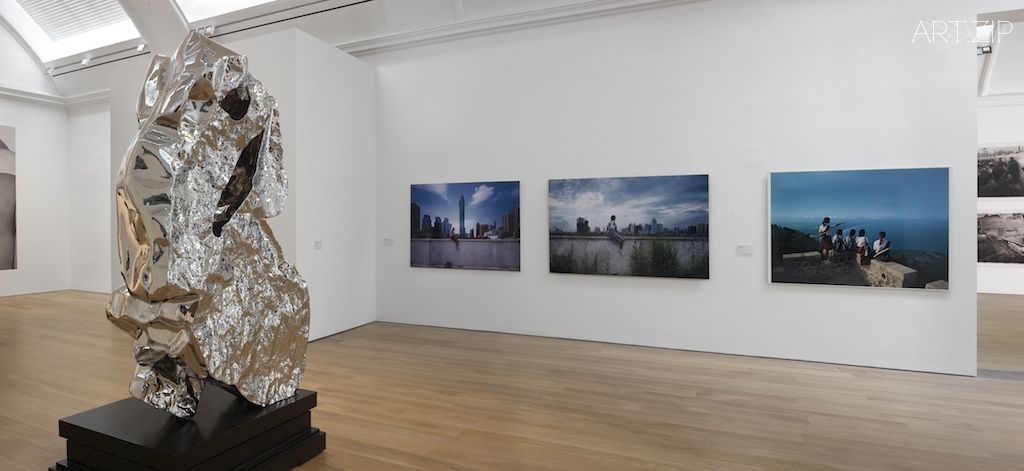
ART.ZIP: Hong Kong used to be described as a “cultural desert”, but seemingly there has been a change in recent years. Is the development of the West Kowloon area an indicator of a big change?
PL: I believe a change will take place very soon. Back in 1999 when I first came to the UK, Institute of Contemporary Arts was the hippest spot in town, and YBA just started to make noise. London was incomparable with New York and Paris. However from 2003 and 2004, with the prosperity of the South Bank, London has soon become the centre of the world. In 2001, there was only Tate Modern in the South Bank area, now you have numerous institutions residing here, such as the National Theatre and the Hayward Gallery. I could have a really enjoyable time along the river, taking a stroll, having food and drink, catching a good show. In only a decade’s time the UK government has transformed the South Bank area into the core cultural area of southeast London.
West Kowloon, where M+ is based in, tries to re-appropriate this model. Certainly, UK has its own profound history of culture; but I believe a good museum, once placed in a certain area, could be immensely influential to the area in one decade or two. Contemporary art is a very powerful drive; with the special nature of Hong Kong as a free port and the friendly currency policy, its position in the future art market will be essential. Hong Kong is of course of a smaller scale; the biggest community of clients will still be from the mainland.
ART.ZIP: From being a gallerist, lecturer, curator, to now being the senior curator of M+, telling from this unique experience, what is the weakness of Chinese contemporary art?
PL: There is no serious media in China, nor serious critical discourse; therefore the ability of knowledge production is wanting. A serious critical system that encompasses journalists, editors, medias and critics is yet to be established, Chinese art lacks diversity in terms of its evaluation, and in most cases can only be valued through commercial operations of auction houses and galleries.
ART.ZIP: The younger generation of artists – Xinyi Liu, Funa Ye, Tianzhuo Chen and Aspartame, just to name a few – what is your impression of them?
PL: As a curator I get to realise that younger artists such as Tianzhuo Chen, Lu Yang, and Funa Ye are very global. They might have received their educations in the UK, possibly now working in an artist residency programme in Berlin, been staying in Amsterdam for three or five months, having a show in France, then coming back to China to create some more crazy artworks. Their cultural belonging is totally different from the older generations: living without the burden of the nation, and without interests in emphasising their Chinese identity.
I think indeed they have something new, but counting on artists is not enough; also needed is the intervention of medias and institutions. I have been paying attention to the national situation: apparently things are not much better now, with the political environment and other factors as effective restraints. The new government is still re-enforcing ideological controls, but the problems they are facing now are much more complex, because of the communication speed made possible in the era of the Internet. So how to maintain a global perspective after coming back to China, and how to secure a channel for one’s own voice – these are the matters they need to consider.
ART.ZIP: What’s scheduled ahead in the second half of the year for M+?
PL: From November, we will be having an exhibition programme titled On Stage: it aims to discover the possibilities and potentials derived from performance art in theatrical, urban and artistic environments. At that time, 8 or 9 performance artists will be giving performances of various nature in Tsim Sha Tsui, Kowloon area. By next February the exhibition of Sigg’s collection will be coming home to Hong Kong. In July 2016 there will also be an exhibition of Tsang Kin-wah. Soon we will finish building an exhibition space of 400 m²; we will be staging 7 to 8 exhibitions there, each lasting for about three months. We will be testing the spaces continually until 2018.
ART.ZIP: 可不可以為我們介紹一下這次展覽《M+希克藏品:1970年至今的中國藝術》?英國的觀眾有怎麼樣的反饋呢?
PL: 這次展覽的反饋很不錯,開幕就來了很多人。2012年烏利·希克先生(Uli Sigg)正式把藏品交託給香港M+視覺文化博物館,由於場館建築要到2019年才正式落成,所以這些作品會在歐洲先進行巡迴展覽,去年在瑞典,今年就到了曼徹斯特,最後再回到香港。我們藏品中最重要的80幾件作品都在本次展覽名單內,有艾未未、曹斐、張曉剛、張培力等重要藝術家的作品,都是教科書級別的作品,估計將來入駐M+後很難在其他地方同時展出了,所以機會非常難得。
還有一個很好的消息,展覽所在地曼徹斯特惠特沃斯美術館在今年被評為了英國年度美術館(Museum of the Year),這就意味著這段時間會有更多人來參觀,加上周邊大學的環境和當地成熟的中國社區,所以我很看好這個展覽。
ART.ZIP: 從中英文化交流的角度來看,您覺得在當代藝術領域兩國的互動是怎麼樣的呢?
PL: 這些年從英國引進中國的展覽都很不錯,1993年的吉爾伯特和喬治(Gilbert & George),緊接著2000年的亨利·摩爾(Henry Moore),英國把一個當時最前衛的和一個相對傳統的都帶過來了。
我沒有參與中國帶去英國的項目,我是從2003年開始參與英國引進中國的藝術項目。那年的安東尼·葛姆雷(Antony Gormley)《亞洲土地(Asian Field, 2003-2004)》, 從廣州開始然後到北京、上海、重慶巡迴。這不光是一個展覽,這是藝術家本人在不同的地點和當地藝術家以及機構的合作項目,尤其是在廣州的維他命藝術空間,他們的合作啟發了中國本土的社區藝術與文化。再往後2006年是一個大型的英國青年藝術家(YBA, Young British Artists)展覽《余震(Aftershock)》。我第一次來英國是1999年,當時我覺得如果能在中國展出YBA的作品將會是特別酷的一件事兒,但將近10年以後他們的展覽才在中國舉辦。因為1999年那個時候大部分中國人還不一定看得懂他們的作品,另一方面,可以看出英國每一個文化項目的引進都是在對中國市場和觀眾有一定的了解之上展開的。
ART.ZIP: 您現在作為M+的高級策展人,很多時間會在香港工作,能不能介紹一下香港美術館體系和工作模式是怎樣的?
PL: 香港藝術機構有幾個特別好的地方。首先它為公眾服務的意識很明確,展覽項目會將服務公眾放在最重要的位置,再來考慮文化該如何推進。而內地的展覽是為藝術家、畫廊、藏家服務的,並不把工作重心放在布展、文字信息和作品選擇上。其次,香港的公立藝術機構對於作品的保存保護也是相當完善的。
與內地相比,我在香港工作需要考慮更多的事情,比如作品的陳列,藝術家的滿意度,版權問題,各種法律法規等等,還要應對為公眾服務時各式各樣的要求,這都很花功夫的,每天都在擠時間。
ART.ZIP: 曾經有人認為香港是“文化的沙漠”,但這幾年似乎有了變化,比如香港政府把西九文化區獨立開闢出來,這是不是代表了一個轉變的信號?
PL: 我相信轉變會非常快的。我1999年來英國時,倫敦當代藝術學會(Institute Of Contemporary Arts)是全倫敦最時髦的地方,YBA剛開始有點聲音,那個時候倫敦是無法和紐約、巴黎相提並論的。但到了2003、2004年隨著南岸中心(South Bank)的興起,倫敦立刻成了全世界最中心的地方。2001年時南岸這邊只有泰特美術館(Tate Modern),而如今國家劇院(National Theatre)、海沃德畫廊(Hayward Gallery)等等文化機構都聚集在這裡,我能很悠閒地在河岸邊漫步,吃吃喝喝,看看展覽。這也就十年的時間,英國政府就將整個南岸中心打造成了東南倫敦的文化核心區域。
像香港M+所在的西九文化區就是在借鑑倫敦南岸中心的模式。當然英國有它非常深厚的文化積澱,但是我相信當一個好的美術館植入到一塊區域后,十到二十年的時間就會對當地產生相當大的變化。當代藝術的驅動力很大,再加上香港自由的關稅和匯率,所以它在未來藝術市場上的地位會非常重要。但畢竟香港的體量有限,未來最大的客戶群還是在中國內地。
ART.ZIP: 從畫廊主、大學講師、策展人到目前M+策展人,以您豐富的經歷來看,哪一部分是中國當代藝術的短板?
PL: 中國沒有很嚴肅的傳媒,也沒有很嚴肅的批評話語,這就失去了知識生產的能力。我們沒有辦法建立起以記者、編輯、傳媒、批評家為一體的嚴肅批評系統,所以中國的藝術價值標準變得很單一,大部份時候只能通過拍賣和商業畫廊的商業行為來體現。
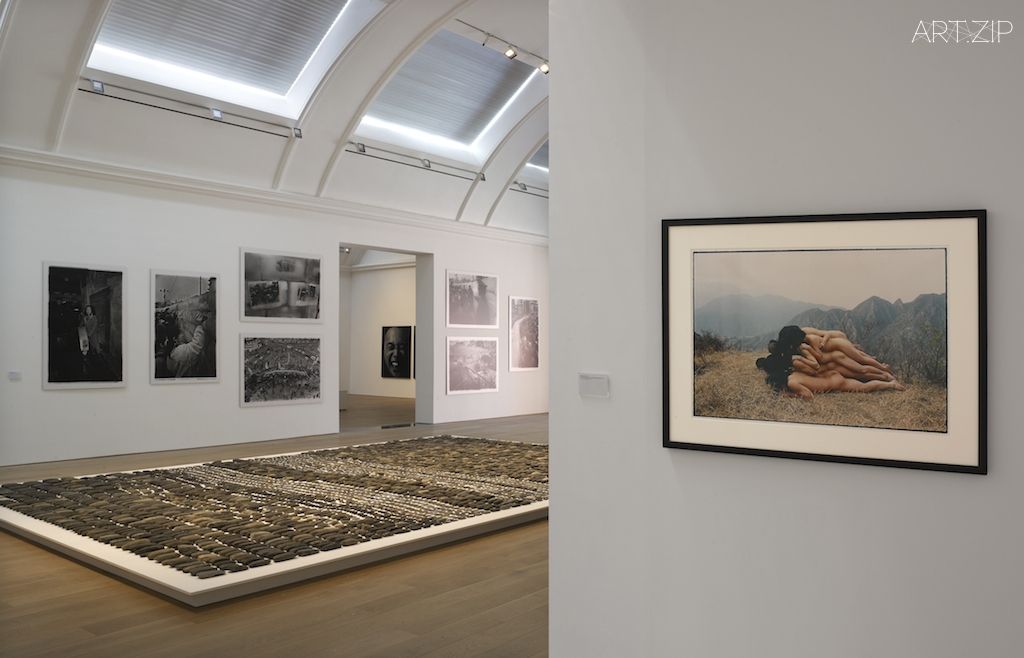
ART.ZIP: 如今留洋歸國的新一代, 像劉辛夷、葉甫納、陳天灼、阿斯巴甜等人給中國當代藝術帶來了新聲音,您認為他們會不會對中國的藝術現狀有所改變或重塑?
PL: 作為策劃人來說,我們面對的新一代藝術家如陳天灼、陸揚、葉甫納等人,都是非常國際化的。他們可能受英國的教育,可能在柏林進行藝術家駐地項目,在阿姆斯特丹呆上個3至5個月,在法國做展覽,再回到中國做些瘋狂的藝術作品。這代人的文化歸屬感和老一輩完全不一樣,他們沒有中國的負擔,也沒有興趣強調中國的身份認同。
我個人認為他們的確有一些新東西。但是光靠藝術家是遠遠不夠的,還需要媒體和機構的介入。我一直在關注國內的現狀,目前起色並不大,有政治環境等一些因素的制約。因為新的政府還是在加強對意識形態的管控,但在互聯網時代,信息傳播太快,當下政府面對的問題遠比以前的時代要複雜得多。所以新一代藝術家如何在回國後保持國際化的視野,同時尋找到發聲的渠道,這是他們要考慮的問題。
ART.ZIP: M+在今年的下半年會有一些什麼樣的項目嗎?
PL: 我們下半年,從11月份開始有個展覽叫《上演(On Stage)》,探尋行為藝術在劇場、城市、藝術家空間衍生的可能,屆時會有8至9位行為藝術家會在尖沙嘴九龍嘗試作不同的行為表演;明年2月份希克的藏品會巡回到香港;明年7月還有曾建華的展覽。有個400平米的展廳將很快竣工,我們預計會做7-8個展覽,每個展覽3個月,我們需要測試這些展覽空間,這樣一直持續到2018年。
TIPS 小貼士:

